Table of Contents
Introduction to Tien Tsin Chili Peppers
Tien Tsin chili peppers are a type of dried red chili pepper originating from China, known for their high heat (50,000-100,000 Scoville Heat Units), fruity flavor profile, and versatility in Asian cuisine. These small but potent peppers are essential in dishes like Sichuan hot pot, stir-fries, and spicy sauces.
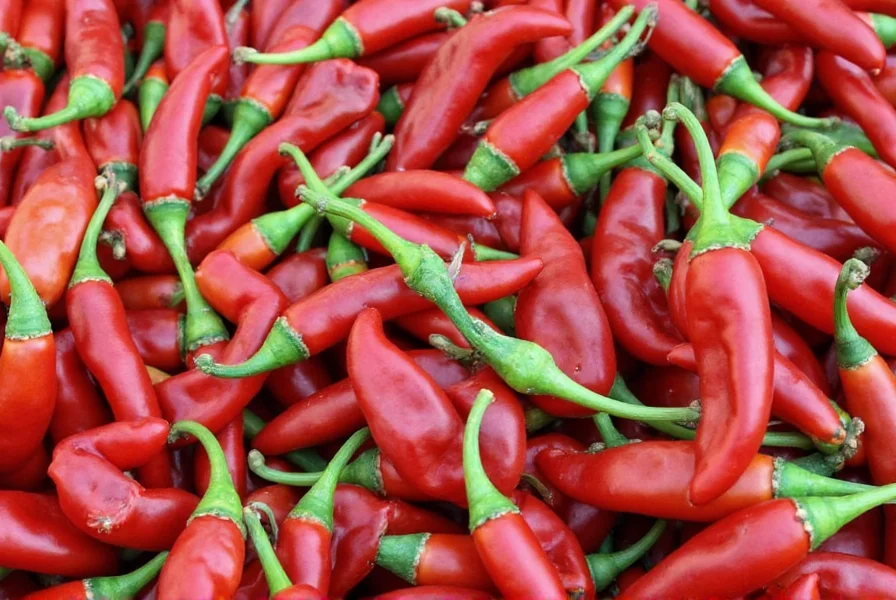
Spice Profile and Flavor
The Tien Tsin chili pepper is a hot chili pepper typically measuring between 50,000 to 100,000 Scoville Heat Units (SHU). This makes it significantly hotter than jalapeños but milder than habaneros. The heat profile features a sharp initial burn followed by a lingering warmth, with distinct sweet and fruity undertones that balance its intensity.
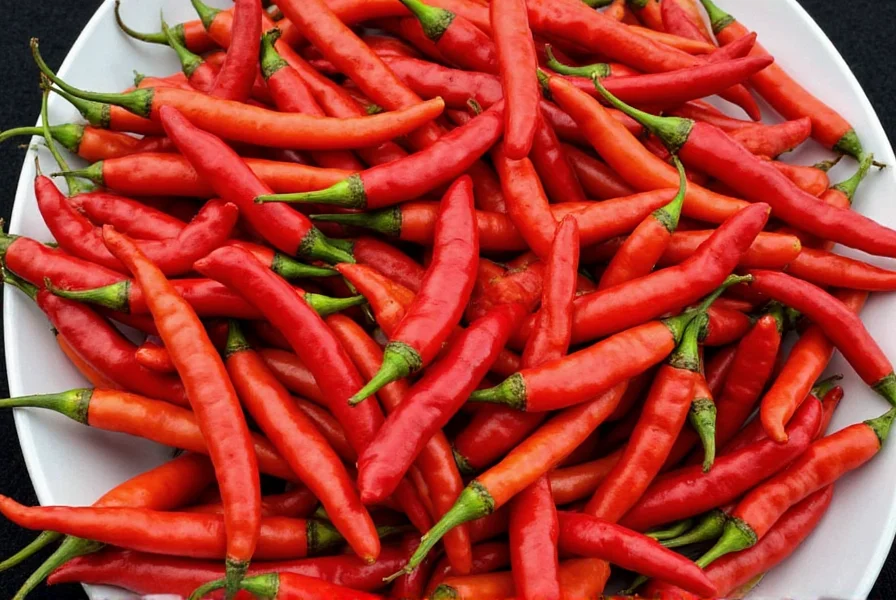
Cooking Uses and Tips
Tien Tsin chili peppers are incredibly versatile. They can be used fresh, dried, or in powdered form. Here are professional chef-approved tips for using them:
- Stir-Fries and Sauces: Add whole or sliced peppers to Sichuan dishes like Kung Pao chicken for authentic heat and flavor.
- Oil Infusion: Heat dried Tien Tsin in sesame or olive oil to create a flavorful base for dressings, marinades, or dipping sauces.
- Dried Powder: Grind dried peppers into fine powder for seasoning rubs, spice blends, or sprinkling on finished dishes.
- Stews and Braises: Simmer whole dried peppers in soups or stews for deep, complex heat that infuses throughout the dish.
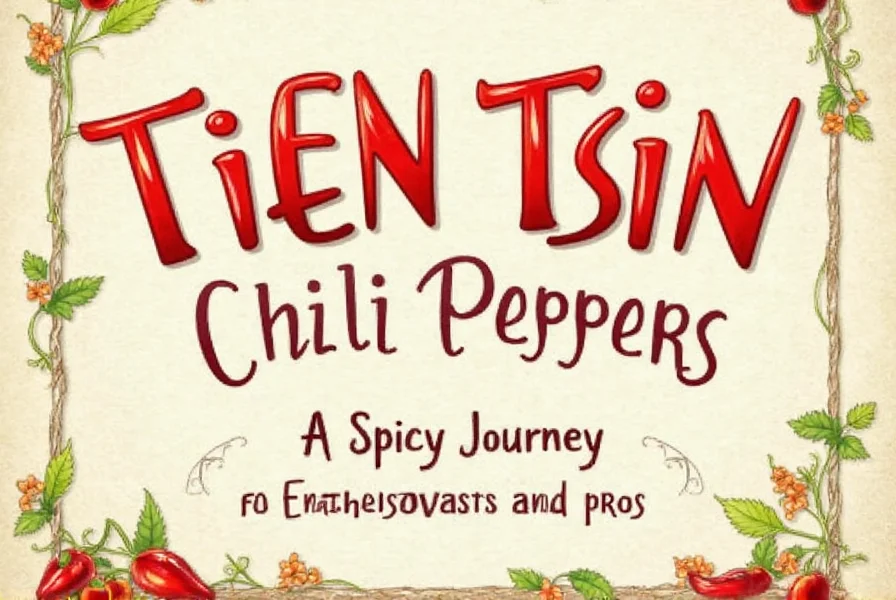
Buying Guide for Tien Tsin Chili Peppers
Follow these expert guidelines to select the highest quality Tien Tsin peppers:
1. Fresh Tien Tsin
Look for firm, deep red peppers with smooth skin and intact green stems. Avoid any with wrinkles, soft spots, or mold. Fresh peppers should have a vibrant aroma and snap cleanly when bent.
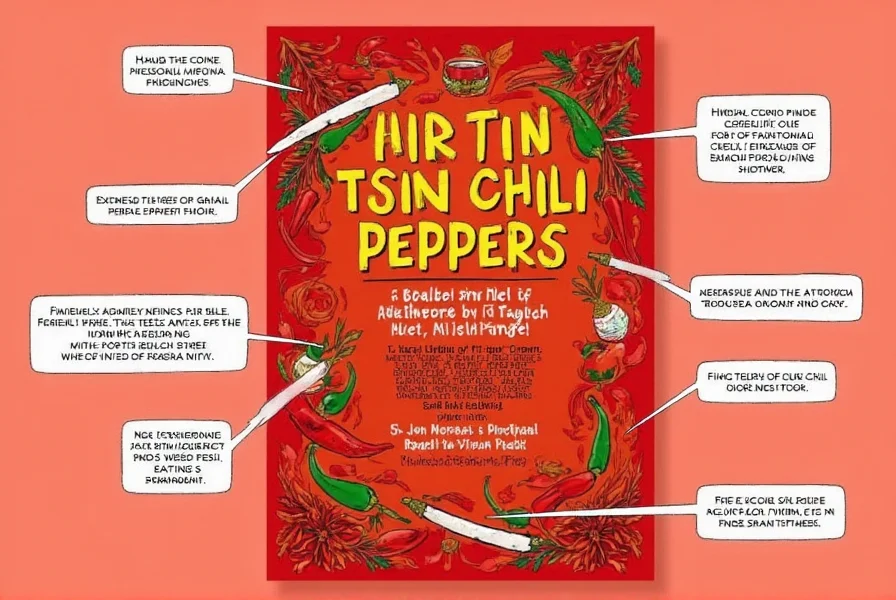
2. Dried Tien Tsin
Choose uniformly dark red, brittle peppers with no signs of discoloration. Whole dried peppers should snap easily when bent. Avoid packages with excessive dust or musty odors, which indicate age or improper storage.
3. Powdered Tien Tsin
Opt for finely ground powder with consistent texture and bright red color. Avoid clumpy or pale powders, which suggest oxidation or adulteration. Store in opaque containers away from light and moisture to preserve potency.
4. Recommended Products
Professional chefs recommend these specific products for different culinary applications:
- Whole Dried Tien Tsin (100g): Ideal for infusing oils, making homemade chili flakes, or adding to braises. Look for Chinese-sourced peppers with vibrant color.
- Organic Tien Tsin Powder (50g): Perfect for spice rubs, seasoning blends, and quick heat additions. Choose products with no fillers or additives.
- Ready-to-Use Tien Tsin Paste: A convenient option for sauces and marinades. Look for pastes with minimal ingredients (peppers, oil, salt) and no preservatives.
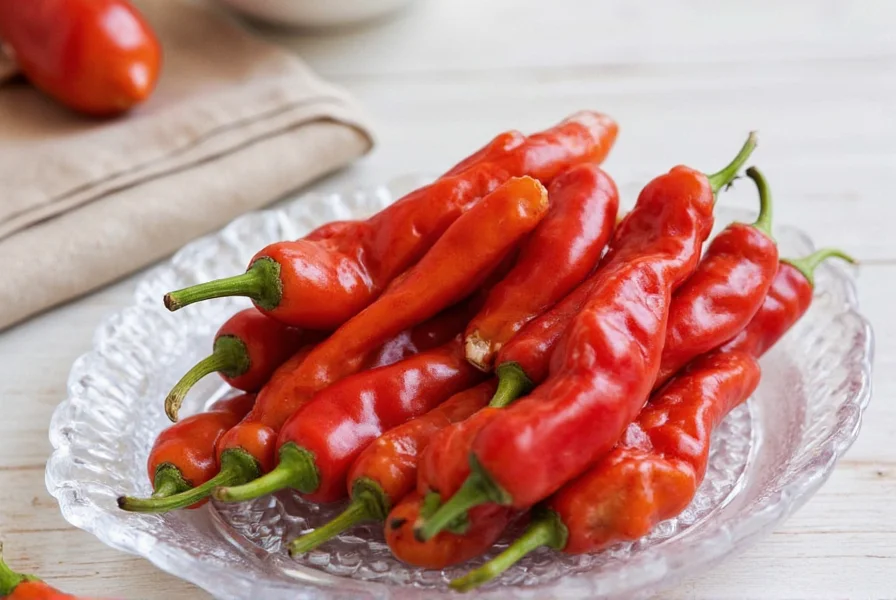
Comparison with Other Chilies
| Chili Pepper | Heat Level (SHU) | Flavor Profile | Best Uses |
|---|---|---|---|
| Tien Tsin | 50,000 - 100,000 | Fruity, sweet undertones, sharp heat | Sichuan cuisine, oil infusions, stir-fries |
| Jalapeño | 2,500 - 8,000 | Grassy, mild sweetness | Quesadillas, guacamole, stuffed peppers |
| Habanero | 100,000 - 350,000 | Smoky, citrusy, tropical fruit | Hot sauces, Caribbean dishes, spicy desserts |
| Cayenne | 30,000 - 50,000 | Sharp, tangy, earthy | Seasoning blends, hot sauces, spice rubs |
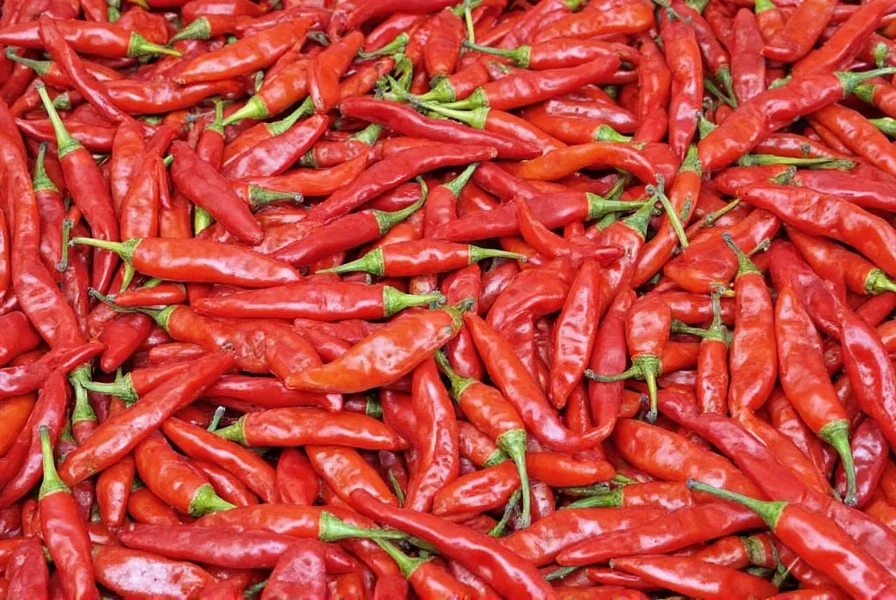
Frequently Asked Questions
How hot are Tien Tsin chili peppers compared to other chilies?
Tien Tsin chili peppers range from 50,000 to 100,000 Scoville Heat Units (SHU), placing them between cayenne (30k-50k SHU) and habanero (100k-350k SHU). They're significantly hotter than jalapeños (2,500-8,000 SHU) but less intense than ghost peppers or Carolina reapers.
What does a Tien Tsin chili taste like?
Tien Tsin chilies deliver a complex flavor profile with a sharp initial heat followed by sweet, fruity notes reminiscent of berries or dried fruit. Unlike purely hot peppers, they offer balanced flavor that enhances dishes without overwhelming other ingredients.
Can I substitute Tien Tsin chilies with other peppers in recipes?
For similar heat and flavor, use Thai bird's eye chilies (50k-100k SHU). For milder substitution, combine cayenne pepper (30k-50k SHU) with a pinch of smoked paprika. For dried Tien Tsin, crushed red pepper flakes work but lack the distinctive fruity notes. Always start with 75% of the recommended amount and adjust to taste.
How should I store Tien Tsin chili peppers to maintain freshness?
Fresh peppers: Store in paper bag in refrigerator crisper for 1-2 weeks. Dried whole peppers: Keep in airtight container away from light for up to 1 year. Powdered form: Store in opaque, airtight container in cool, dark place for 6-8 months. For long-term storage, freeze dried peppers in vacuum-sealed bags.
Are Tien Tsin chilies the same as Thai bird chilies?
While similar in heat level, Tien Tsin (Chinese origin) and Thai bird's eye chilies have distinct differences. Tien Tsin has sweeter, fruitier notes and is typically used dried in Chinese cuisine. Thai bird chilies have sharper, more straightforward heat and are commonly used fresh in Southeast Asian dishes. Tien Tsin peppers are usually longer and thinner than Thai bird chilies.
What safety precautions should I take when handling Tien Tsin chilies?
Always wear food-safe gloves when handling fresh or dried Tien Tsin peppers. Avoid touching your face, eyes, or sensitive skin. Use a dedicated knife and cutting board for peppers. When grinding dried peppers, wear a mask to prevent inhalation of spicy dust. Wash hands thoroughly with soap and water after handling, even when wearing gloves.
Conclusion
Tien Tsin chili peppers are a culinary powerhouse that brings authentic heat and complex flavor to any dish. Their unique balance of fruity sweetness and intense heat makes them indispensable for Chinese cuisine and beyond. Whether you're making Sichuan hot pot, spicy stir-fries, or infused oils, Tien Tsin peppers deliver professional-grade flavor that elevates your cooking.
By understanding their heat profile, proper storage techniques, and versatile applications, you can confidently incorporate these powerful peppers into your kitchen repertoire. Start with small amounts and gradually increase to master their distinctive flavor - your taste buds will thank you!
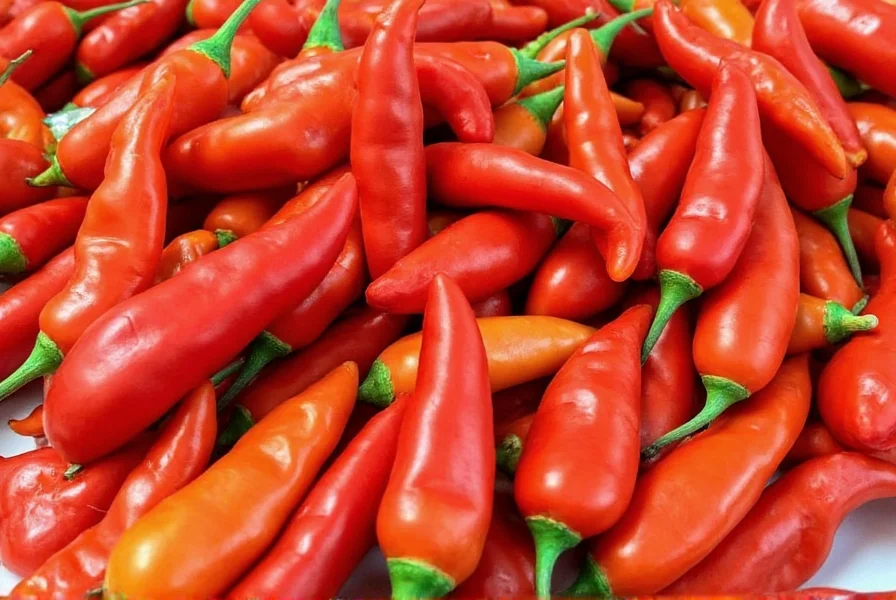










 浙公网安备
33010002000092号
浙公网安备
33010002000092号 浙B2-20120091-4
浙B2-20120091-4